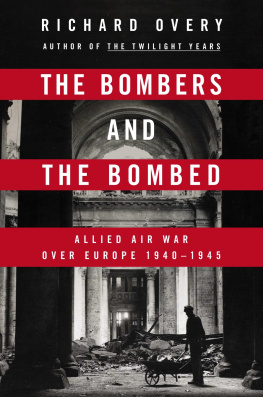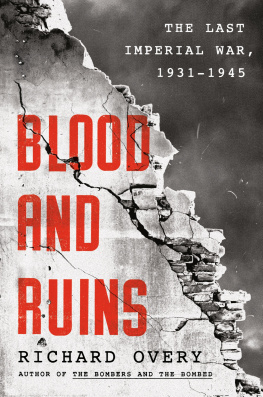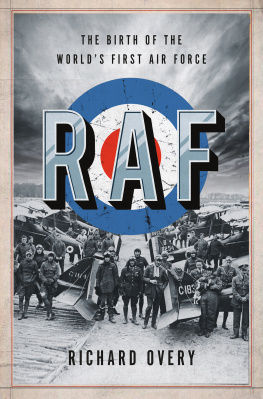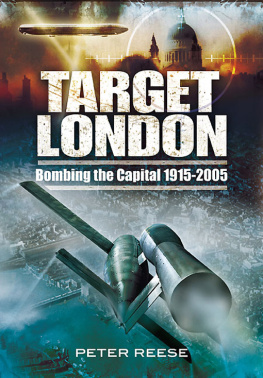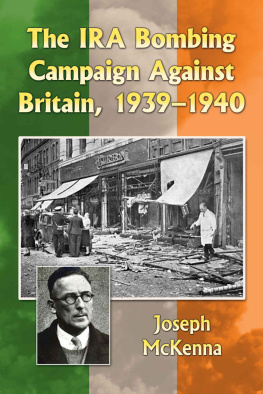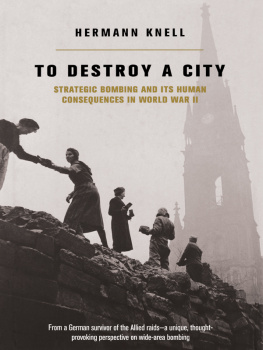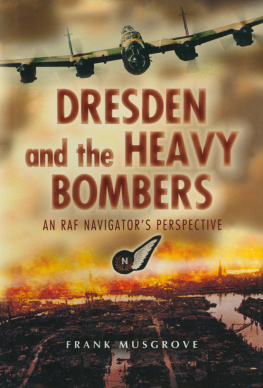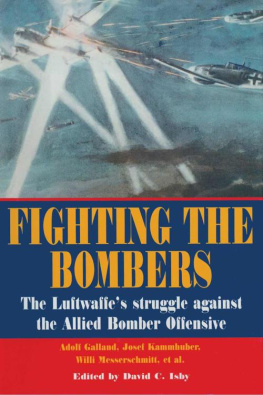Also by Richard Overy
The Twilight Years: The Paradox of Britain Between the Wars
1939: Countdown to War
Interrogations: The Nazi Elite in Allied Hands, 1945
Russias War: A History of the Soviet Effort, 19411945
The Penguin Historical Atlas of the Third Reich
The Dictators: Hitlers Germany, Stalins Russia
The Battle of Britain: The Myth and the Reality
Why the Allies Won
VIKING
Published by the Penguin Group
Penguin Group (USA) LLC
375 Hudson Street
New York, New York 10014

USA | Canada | UK | Ireland | Australia | New Zealand | India | South Africa | China
penguin.com
A Penguin Random House Company
Published by Viking Penguin, a member of Penguin Group (USA) LLC, 2014
Copyright 2013 by Richard Overy
Penguin supports copyright. Copyright fuels creativity, encourages diverse voices, promotes free speech, and creates a vibrant culture. Thank you for buying an authorized edition of this book and for complying with copyright laws by not reproducing, scanning, or distributing any part of it in any form without permission. You are supporting writers and allowing Penguin to continue to publish books for every reader.
First published in Great Britain as The Bombing War: Europe 19391945 by Allen Lane, an imprint of Penguin Books Ltd.
from Collected Poems by John Betjeman. Copyright 1955, 1958, 1962, 1964, 1968, 1970, 1979, 1981, 1982, 2001 the Estate of John Betjeman. Reprinted by permission of John Murray (Publishers).
Excerpts from Englands Hour by Vera Brittain. Reprinted by permission of Mark Bostridge and T. J. Brittain-Catlin, literary executors of the estate of Vera Brittain, 1970.
Illustrations are courtesy of the RAF Museum, Hendon (). I am grateful to all the archives involved for kind permission to reproduce these images.
LIBRARY OF CONGRESS CATALOGING-IN-PUBLICATION DATA
Overy, R. J.
The bombers and the bombed : Allied air war over Europe, 19401945 / Richard Overy.
pages cm
Includes bibliographical references and index.
ISBN 978-0-698-15138-3
1. World War, 19391945Aerial operations, Allied. 2. World War, 19391945EuropeAerial operations, Allied. 3. World War, 19391945Aerial operations, AlliedMoral and ethical aspects. 4. Bombing, AerialEuropeHistory20th century. 5. Bombing, AerialSocial aspectsEuropeHistory20th century. 6. Civil defenseSocial aspectsEuropeHistory20th century. 7. Bombing, AerialGermanyHistory20th century. 8. Bombing, AerialEurope Public opinion. 9. Public opinionEurope. 10. World War, 19391945Europe. I. Title. II. Title: Allied air war over Europe 19401945.
D785.O92 2013
940.544dc23
2013018405
Version_1
Oh bountiful Gods of the air! Oh Science and Progress!
You great big wonderful world! Oh what have you done?
John Betjeman, 1940
CONTENTS
PREFACE
Between 1939 and 1945 hundreds of European cities and hundreds more small townships and villages were subjected to aerial bombing. During the course of the conflict a staggering estimate of around 600,000 European civilians were killed by bomb attack and well over a million more were seriously injured, in some cases physically or mentally disabled for life. The landscape of much of Europe was temporarily transformed into a vision of ruin as complete as the dismal relics of the once triumphant Roman Empire. To anyone wandering through the devastated urban wastelands immediately after the end of the war, the most obvious question to ask was: How could this ever have been agreed to? Then a second thought: How would Europe ever recover?
These are not the questions usually asked about the bombing war. That bombing would be an integral part of future war had been taken for granted by most Europeans and Americans in the late 1930s after watching Japans war in China and air operations in the Spanish Civil War; it would have seemed almost inconceivable that states should willingly forgo the most obvious instrument of total war. Technology shapes the nature of all wars, but the Second World War more than most. Once the bombing weapon had been unleashed, its potential was unpredictable. The ruins of Europe in 1945 were mute testament to the remorseless power of bombing and the inevitability of escalation. Yet the remarkable thing is that European cities did indeed recover in the decade that followed and became the flourishing centers of the consumer boom released by the postwar economic miracle. To anyone walking along the boulevards and shopping precincts of modern cities in Germany, Italy, or Britain, it now seems inconceivable that only seventy years ago they were the unwitting objects of violent aerial assault. In Europe only the fate of Belgrade at the hands of NATO air forces in 1999 is a reminder that bombing has continued to be viewed as a strategy of choice by the Western world.
Most of the history written about the bombing offensives in Europe focuses on two different questions: What were the strategic effects of bombing, and was it moral? The two have been linked more often in recent accounts, on the assumption that something that is strategically unjustifiable must also be ethically dubious, and vice versa. These arguments have generated as much heat as light, but the striking thing is that they have generally relied on a shallow base of evidence, still culled in the most part from the official histories and postwar surveys of the bombing war, and focused almost entirely on the bombing of Germany and Britain. There have been some excellent recent studies of the bombing war that have gone beyond the standard narrative (though still confined to Allied bombing of Germany), but in most general accounts of the air campaigns established myths and misrepresentations abound, while the philosophical effort to wrestle with the issue of its legality or morality has produced an outcome that is increasingly distanced from historical reality.
The purpose of the present study is to provide the first full narrative history of the bombing war as it was conducted by the Allied powersBritain, the British Commonwealth, and the United Statesagainst targets across continental Europe. There is no shortage of books on aspects of the campaign, or on the operations of either the RAF or the U.S. Army Air Forces against Germany, but a general history covering all aspects of the Allied bombing war, including the response of the societies that were bombed and the lessons learned from German practice in the Blitz on Britain, is still lacking. Three things distinguish this book from the conventional histories of bombing. First, it covers the whole of Europe. Between 1940 and 1945 almost all continental European countries (including neutrals) were bombed by the Allies, either deliberately or by accident. The broad field of battle was dictated by the nature of the German New Order, carved out between 1938 and 1941, which turned most of continental Europe into an involuntary war zone. The bombing of France and Italy (which in each case resulted in casualties the equal of the Blitz on Britain) is scarcely known in the existing historiography of the war, though an excellent recent study by Claudia Baldoli and Andrew Knapp has finally advertised it properly. The bombing of Scandinavia, Belgium, the Netherlands, Romania, Bulgaria, and eastern Europe by the Western Allies is almost invisible in accounts of the conflict. This wider geographical range raises important questions about what British and American commanders were seeking to achieve.

